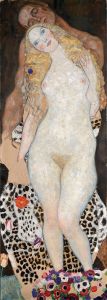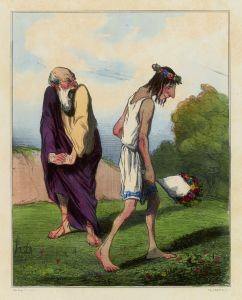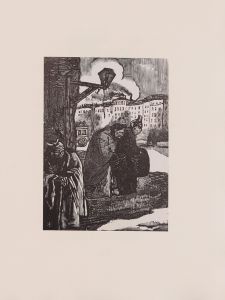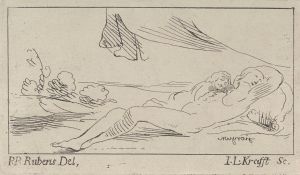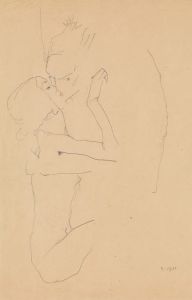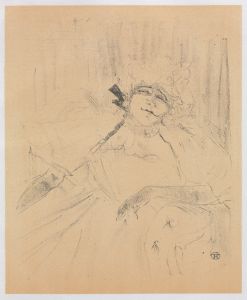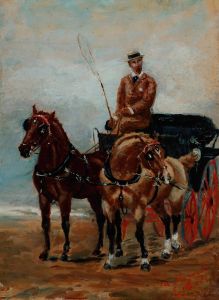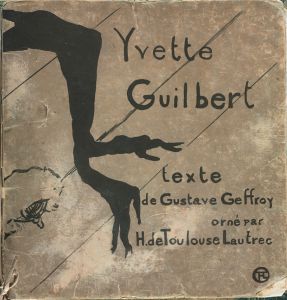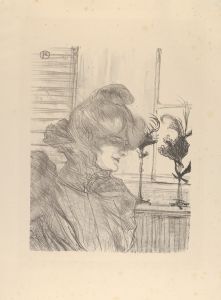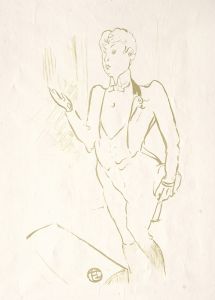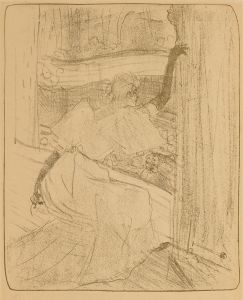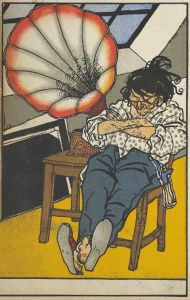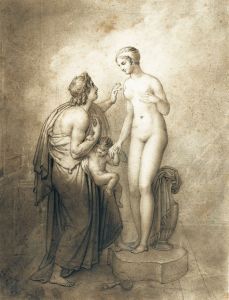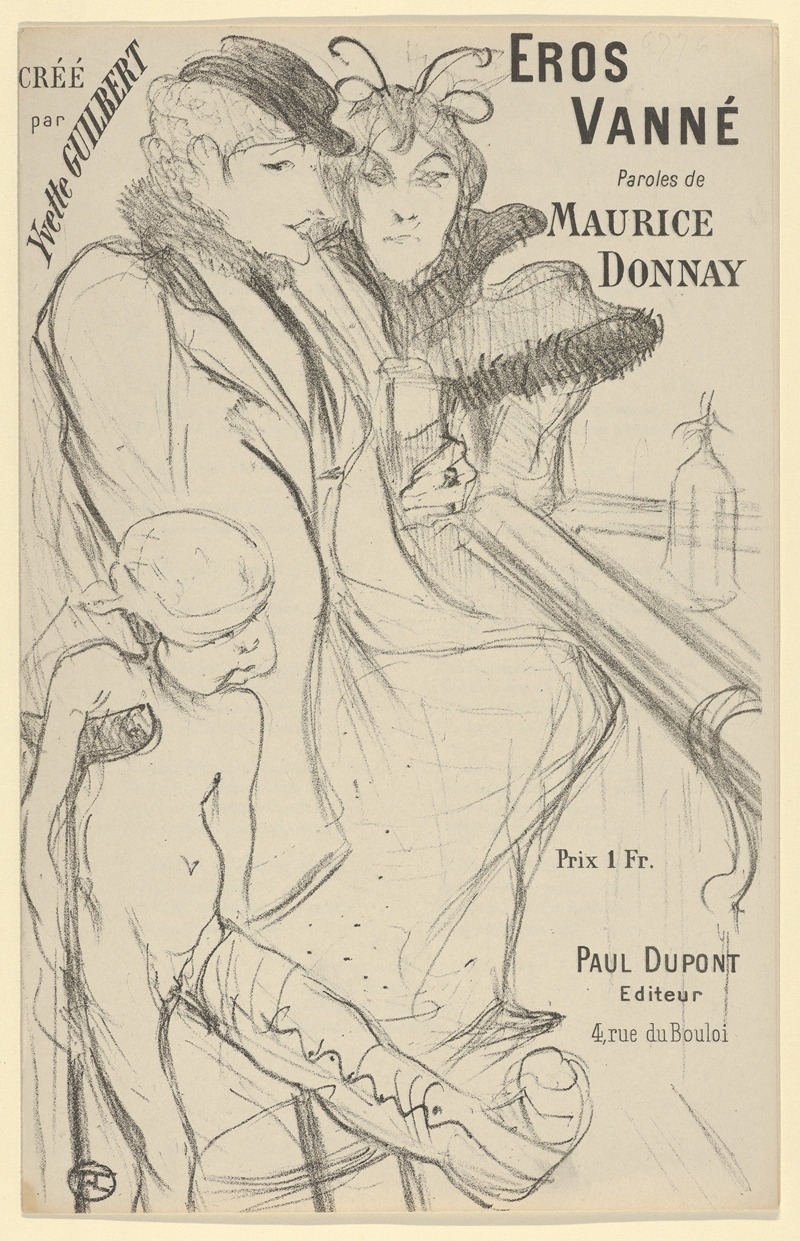
Eros Vanquished
A hand-painted replica of Henri de Toulouse-Lautrec’s masterpiece Eros Vanquished, meticulously crafted by professional artists to capture the true essence of the original. Each piece is created with museum-quality canvas and rare mineral pigments, carefully painted by experienced artists with delicate brushstrokes and rich, layered colors to perfectly recreate the texture of the original artwork. Unlike machine-printed reproductions, this hand-painted version brings the painting to life, infused with the artist’s emotions and skill in every stroke. Whether for personal collection or home decoration, it instantly elevates the artistic atmosphere of any space.
Henri de Toulouse-Lautrec, a prominent French painter, printmaker, draughtsman, and illustrator, created the artwork "Eros Vanquished" in 1882. Toulouse-Lautrec is widely recognized for his depictions of Parisian nightlife in the late 19th century, particularly his portrayals of the bohemian lifestyle in Montmartre. His works often capture the vibrancy and decadence of the era, and he is celebrated for his innovative use of color and form.
"Eros Vanquished" is a lesser-known piece within Toulouse-Lautrec's oeuvre, but it is significant in understanding his early artistic development. The painting depicts a classical theme, which is somewhat atypical for Toulouse-Lautrec, who is more commonly associated with modern, everyday subjects. The title "Eros Vanquished" refers to the Greek god of love, Eros, who is often depicted as a powerful and invincible figure. In this painting, however, Eros is shown defeated, which may symbolize the triumph of reason over passion or the inevitable decline of youthful desire.
The composition of "Eros Vanquished" is marked by Toulouse-Lautrec's keen attention to detail and his ability to convey complex emotions through his subjects. The figure of Eros is rendered with a sense of vulnerability and resignation, contrasting with the more dynamic and lively figures that populate much of his later work. The use of light and shadow in the painting highlights the contours of Eros's form, emphasizing his defeated posture and enhancing the overall mood of the piece.
Toulouse-Lautrec's technique in "Eros Vanquished" reflects his academic training and his exposure to various artistic influences. He studied under the academic painters Léon Bonnat and Fernand Cormon, where he honed his skills in drawing and painting. This classical training is evident in the meticulous rendering of the human form and the careful composition of the painting. However, Toulouse-Lautrec's unique style is also beginning to emerge in this work, characterized by his expressive brushwork and his ability to capture the essence of his subjects.
The painting is executed in oil on canvas, a medium that Toulouse-Lautrec frequently employed throughout his career. The choice of medium allows for rich, vibrant colors and a depth of texture that enhances the emotional impact of the work. The palette used in "Eros Vanquished" is relatively subdued compared to some of Toulouse-Lautrec's later works, with earthy tones and muted hues that contribute to the somber atmosphere of the painting.
"Eros Vanquished" provides valuable insight into Toulouse-Lautrec's early artistic development and his exploration of classical themes. While it may not be as widely recognized as some of his other works, it demonstrates his versatility as an artist and his ability to convey profound emotional narratives through his art. The painting is a testament to Toulouse-Lautrec's skill and creativity, and it occupies an important place in the study of his artistic legacy.
Overall, "Eros Vanquished" is a compelling example of Henri de Toulouse-Lautrec's early work, showcasing his technical proficiency and his emerging individual style. It offers a glimpse into the formative years of an artist who would go on to become one of the most influential figures in the history of modern art.





